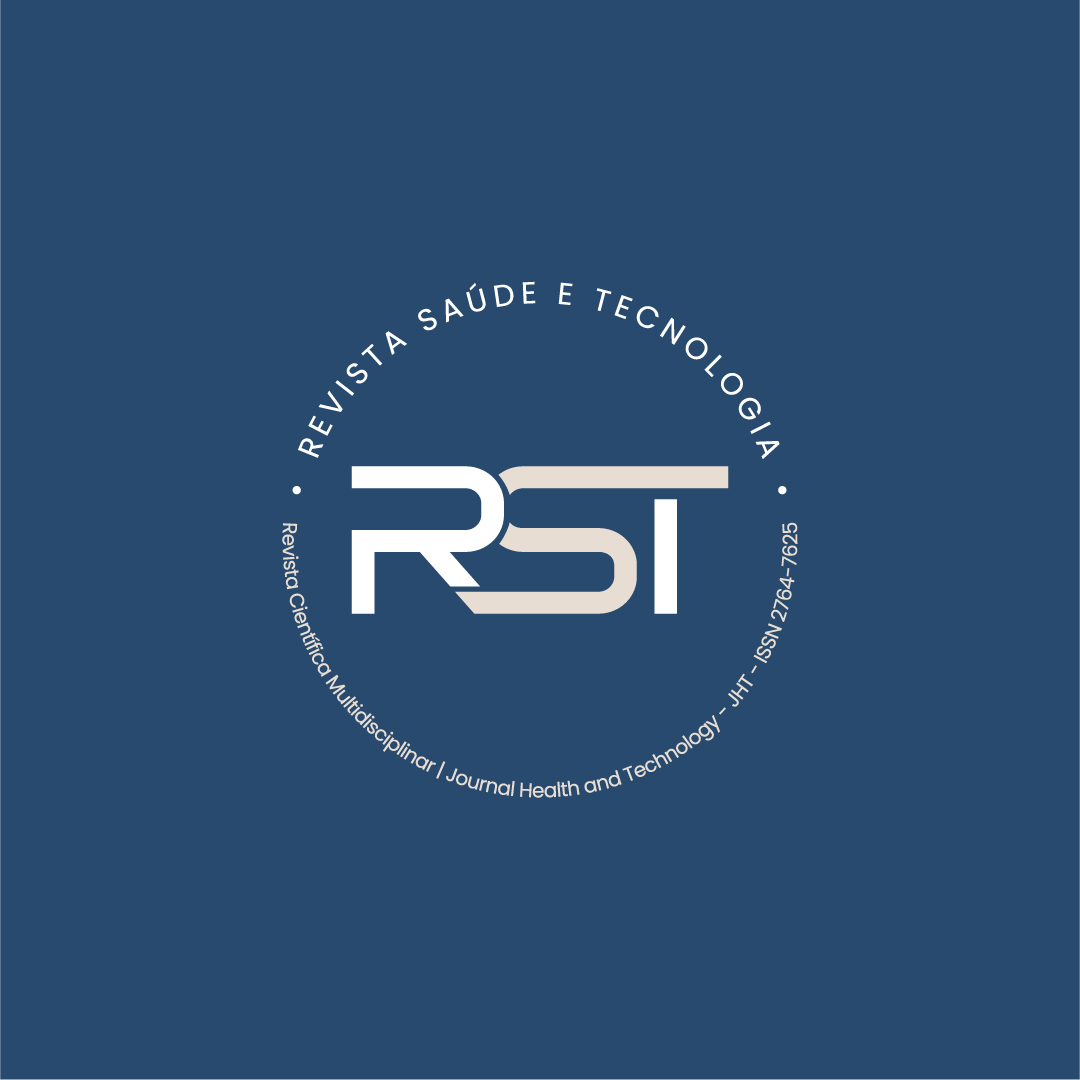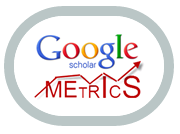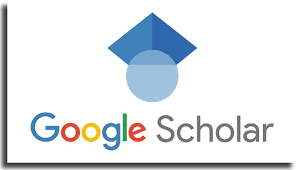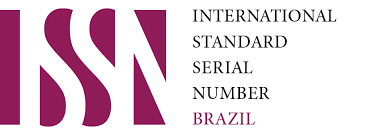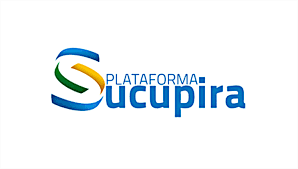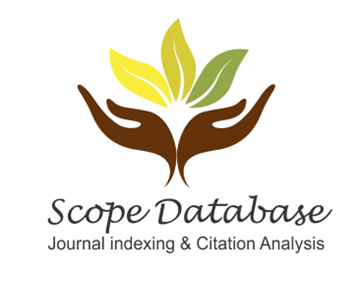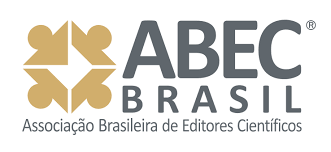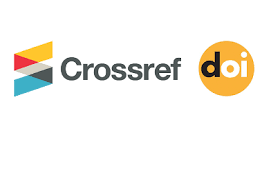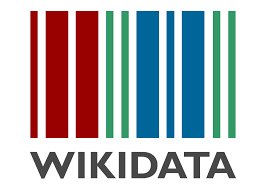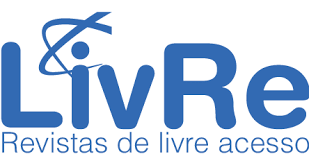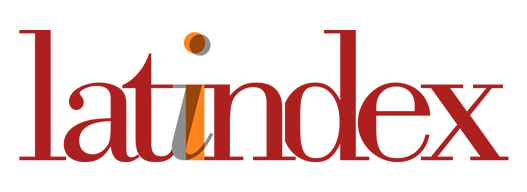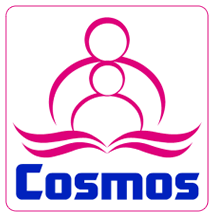About the Journal
The Journal Health and Technology (JHT) is a scientific publication dedicated to the intersection between Health Sciences, Biological Sciences, Engineering, Humanities, Agricultural Sciences, Applied Social Sciences, Linguistics, Literature and Arts, and Exact and Earth Sciences. Its objective is to promote the dissemination of social, scientific, and technological development through the publication of discoveries in various areas of application. It is a monthly continuous flow journal that accepts a variety of manuscripts, including scientific articles, research reports, reviews in different fields of knowledge, Course Conclusion Papers (TCC), study protocols, e-books, and proceedings of scientific conferences. In addition, we have an exclusive section for publishing articles and newsletters on the LinkedIn platform. Since 2025, it has had bilingual publications, with articles published in Portuguese and English. .
The journal is registered with the CAPES/SUCUPIRA Platform and currently has 19 indexers/directories. JHT believes that the dissemination of science should serve society, and that knowledge creates fairer and more equitable opportunities, contributing to better lives. With this, the journal aims to increase the global impact of research, maintaining open and democratically free access for all who wish to explore its content.
Recently, JHT achieved 4 stars in Normatiza, one of the main indexing networks for international journals, and has already obtained its first impact factor. For more information, access the link:

Current Issue
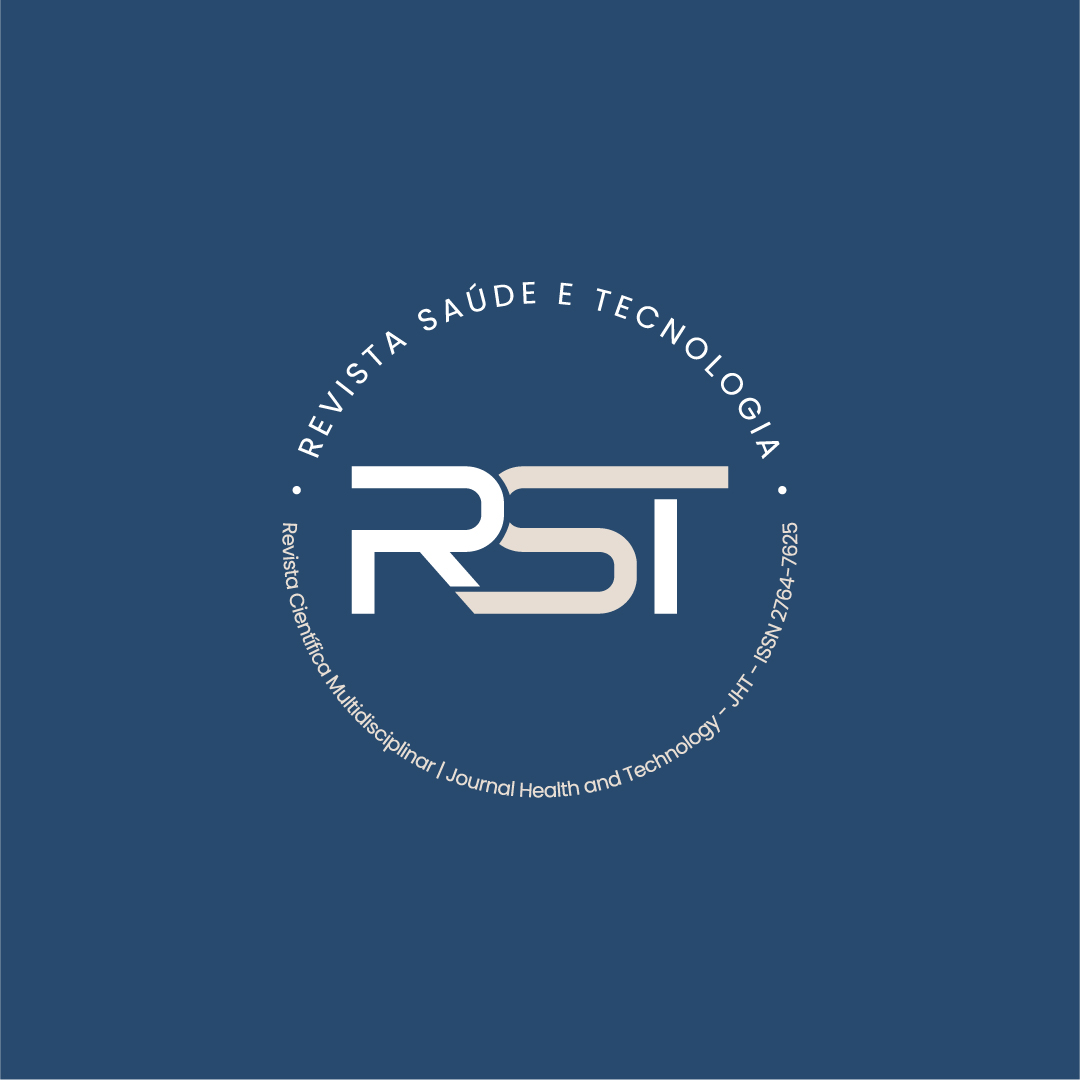
In this edition, we address the importance of real-time health data processing and personalized recommendations powered by artificial intelligence (AI) in enhancing the effectiveness of remote monitoring systems for older adults. These technological resources enable continuous and accurate monitoring of clinical conditions, supporting early and personalized interventions. The combination of dynamic monitoring and tailored guidance contributes to more responsive, autonomous, and safe care, improving both quality of life and the efficiency of healthcare services for the elderly population.

